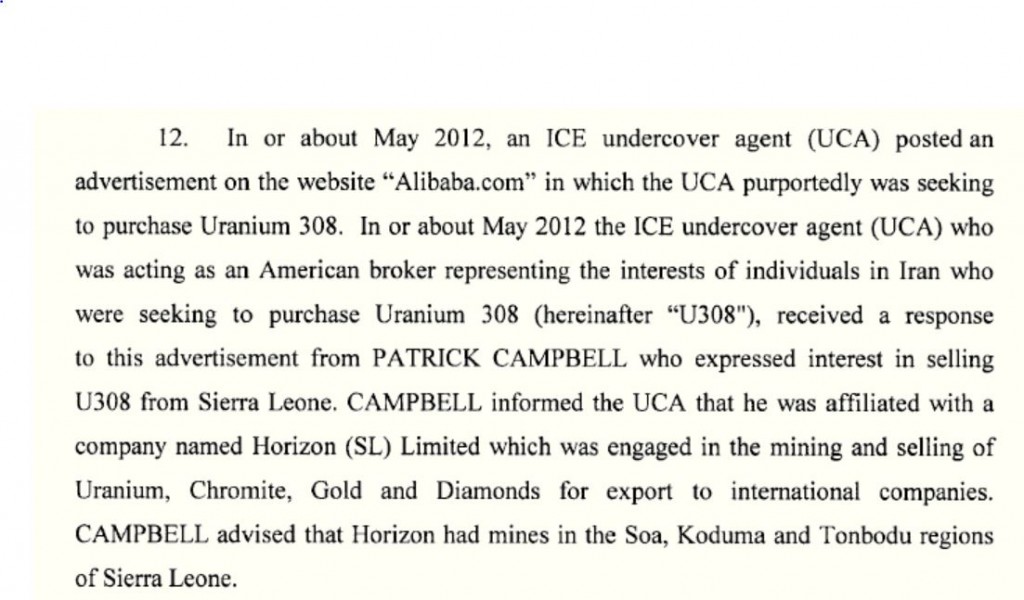Before I lay out the chronology of the road to war against Syria, check out the language National Security Advisor Susan Rice used to blow off the UN investigation.
Ms. Rice sent the email to Ms. Power and others, officials said. “The investigation is…too late, and will actually tell us what we already know: CW was used,”
While the WSJ quotes Rice claiming to know who actually used the chemical weapons in the next line, ultimately it comes down to this:
“CW was used.”
Jay Carney today also used the passive voice in dismissing the UN investigation.
So the work of that team is redundant, you might say, because it is clearly established already that chemical weapons have been used on a significant scale.
The fucking passive voice.
But before we got to that point consider what happened. First (according to WSJ’s Arab diplomats) the always trustworthy Israelis caught someone moving CW into place.
One crucial piece of the emerging case came from Israeli spy services, which provided the Central Intelligence Agency with intelligence from inside an elite special Syrian unit that oversees Mr. Assad’s chemical weapons, Arab diplomats said. The intelligence, which the CIA was able to verify, showed that certain types of chemical weapons were moved in advance to the same Damascus suburbs where the attack allegedly took place a week ago, Arab diplomats said.
Then after the attack, according to Foreign Policy, US spooks overheard a Syrian Defense official “demanding answers” from an officer in the chemical weapons unit from which the CW would have been used.
Last Monday [sic], in the hours after a horrific chemical attack east of Damascus, an official at the Syrian Ministry of Defense exchanged panicked phone calls with leader of a chemical weapons unit, demanding answers for a nerve agent strike that killed more than 1,000 people. Those conversations were overheard by U.S. intelligence services, The Cable has learned.
FP goes on to point out a lot of the important things we don’t know, such as why and on whose authority, even while laying out the case that CW was used. (Though here are some doubts about whether it was really sarin.)
Meanwhile, according to Gareth Porter, it took until Saturday for the UN to request access to the attack site. Syria granted that access Sunday. At which point John Kerry attempted to personally intervene to stop the investigation.
After the deal was announced on Sunday, however, Kerry pushed Ban in a phone call to call off the investigation completely.
The Wall Street Journal reported the pressure on Ban without mentioning Kerry by name. It said unnamed “U.S. officials” had told the secretary-general that it was “no longer safe for the inspectors to remain in Syria and that their mission was pointless.”
But Ban, who has generally been regarded as a pliable instrument of U.S. policy, refused to withdraw the U.N. team and instead “stood firm on principle”, the Journal reported. He was said to have ordered the U.N. inspectors to “continue their work”.
Meanwhile, the Administration also seems to be delaying the release of its own intelligence report, after promising it would already be out.
Q And there’s a lot of speculation that this intelligence report that presumably would link Assad directly to the chemical weapons attack might be released today. Can you give us an update on the timing?
MR. CARNEY: What I would say is that yesterday I made clear that the intelligence community is working on an assessment and that once we had that assessment we would provide information to the public about it in the coming days. And that remains true. I think that that’s speculation that it would come today rather than some other day. But it will come and I think you can expect it this week.
Do you get the feeling there are some holes in the intelligence report? Such as, if this was ordered by someone in Assad’s chain of command, why a Defense Ministry official would be making “panicked calls” about the strike?
There’s one more thing I find at least interesting about the intelligence.
Recall back in December, when the CW scares first started. We had evidence — as the Israelis claim we have no — of Syria pre-positioning weapons. And then Syria lost its Toobz access. I noted at the time that the utter lack of panic about the latter event suggested that we knew precisely why and how the Toobz came down. That detail may mean nothing about today’s events (though at the time it suggested that the source of the intelligence wasn’t SIGINT, because if the US had just lost its intelligence access it would have been panicking). But it seems notable, given the centrality of the “moving chemicals” intelligence again.
There is, to be sure, a great deal of evidence that (as both Rice and Carney said) “CW were used.”
But the Administration seems increasingly squirrelly allowing time to discover the rest of the occasion, which may be why a Syrian officer release CW without having had received an order from his superiors.
 The Washington Post just published an excellent package on the FY2013 Black Budget for intelligence. I’m reading through the summary now.
The Washington Post just published an excellent package on the FY2013 Black Budget for intelligence. I’m reading through the summary now.




![[graphic: GuardianUK (mod)]](http://www.emptywheel.net/wp-content/uploads/2013/07/GuardianUK_NSASlide_Prism-001_08JUN2013_PalTalk.jpg)